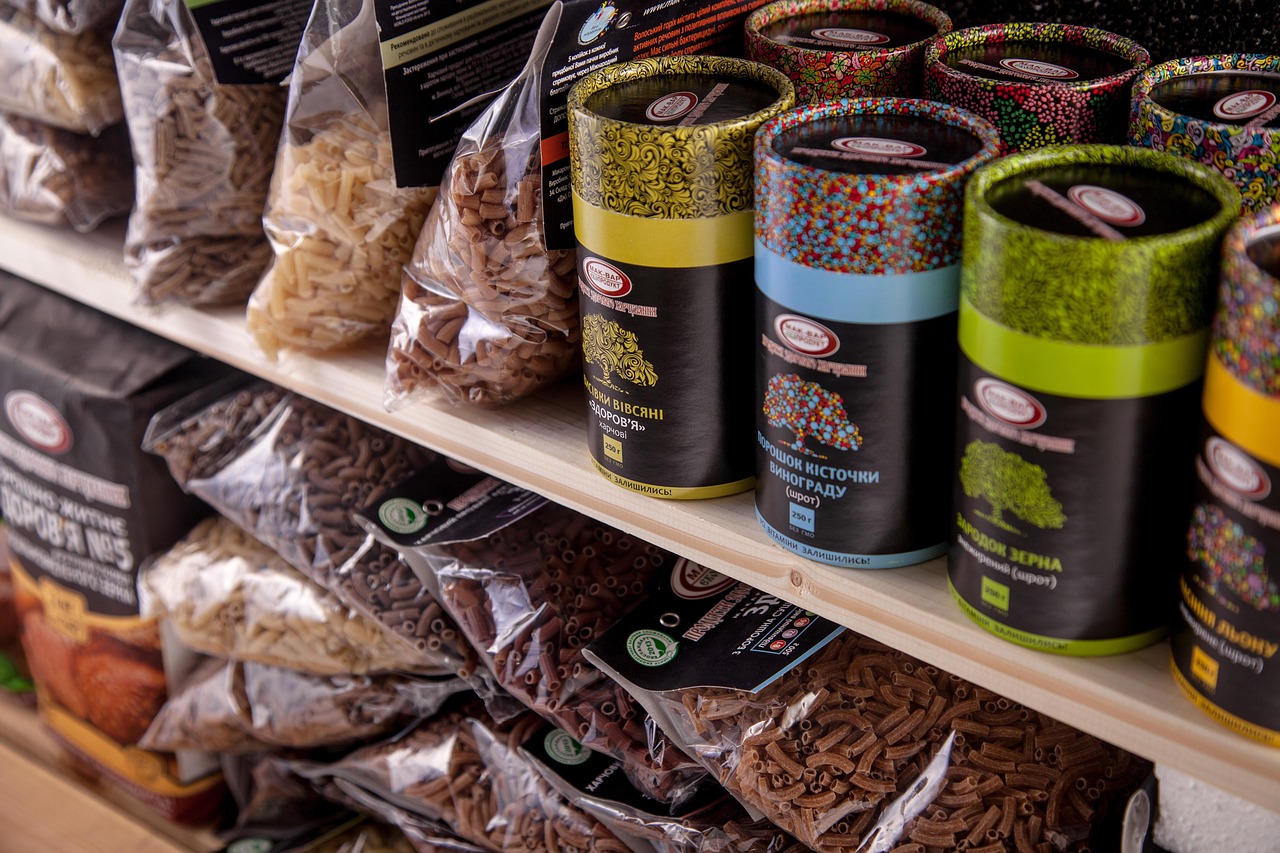
Importance Of Optimized Product Titles
Optimizing product titles is critical for improving visibility and clicks in Google Shopping campaigns. Poor titles often limit impressions and reduce click-through rates because Google cannot accurately match products with relevant search queries. For example, a Standard Shopping campaign running for a month generated only 25 clicks due to vague titles. Conversely, refining titles to better reflect popular search terms can significantly increase impressions and clicks, as demonstrated by advertisers who saw a notable jump after minor title adjustments.
Key Insights From Top Advertisers
Analysis of 151 product titles from 120 US-based advertisers across 13 industries reveals that 81% of product feed titles differ from on-site product page titles, and 52% differ from SEO titles. Furthermore, 33% of feed titles include extra keywords not found in other titles. These findings show that the best advertisers strategically tailor their product titles specifically for Google Shopping feeds to enhance search relevance and performance.

Google Shopping Title Requirements To Follow
Google mandates that product titles must be no longer than 150 characters and must distinguish between product variants with unique details. Promotional text like “buy one get one free” is prohibited, and extra white spaces must be avoided. Failure to comply results in product disapproval. Meeting these specifications is a non-negotiable first step before optimizing further for performance.

Best Practices For Title Length And Content
The ideal product title length is between 75 and 100 characters. While Google allows up to 150 characters, most users see only a truncated portion, so initial keywords must be prioritized. Longer titles help Google understand product relevance for more search queries. For instance, The Earthling Co. uses the full 150 characters to include detailed keywords like “silicone free shampoo, ” which improves search matching, even if part of the title is cut off visually.

Use Digits And Capitalization For Clarity
A clear trend among 97% of top advertisers is the use of digits instead of spelled-out numbers to save space and improve readability (e.g., “3-Step” instead of “Three-Step”).
Similarly, 97% capitalize the first letter of every word in the product title. Although some marketers worry this appears spammy, data shows it is standard practice among high-performing advertisers, likely improving scanability and perceived professionalism.

Using Symbols To Structure Titles Effectively
Despite Google’s recommendation against symbols, 70% of top product titles incorporate symbols such as pipes |, dashes –, and commas to separate attributes. These symbols enhance readability and help customers quickly parse product details. For example, Walmart’s product title lacking symbols is harder to read, while Target’s use of dashes makes the title clearer and more clickable. However, correct spacing around symbols is essential to avoid clutter, as seen in examples from HP and Microsoft.

Including Brand Names In Titles Strategically
Including the store or brand name in product titles is a common practice among 44% of advertisers, particularly brands. This can build brand recognition and trust, especially for niche or premium products. For example, survival brand Judy incorporates both product and brand names in their titles, which may help differentiate their products in competitive searches. However, since titles can be truncated, brand names should be added thoughtfully to avoid crowding more critical keywords.
Implementation Checklist
Setup Checklist For Optimizing Product Titles By June 30 2025. – Review current product titles and compare them with on-site and SEO titles by June 20. – Ensure all titles comply with Google’s 150-character max and exclude promotional text by June 22. – Adjust titles to 75-100 characters focusing on relevant keywords visible in search results by June 25. – Replace spelled-out numbers with digits and capitalize the first letter of each word by June 26. – Incorporate symbols like dashes or pipes to improve readability, ensuring proper spacing by June 28. – Evaluate inclusion of brand/store names based on relevance and branding strategy by June 29. – Test updated titles in Shopping campaigns and monitor impression and click metrics starting June
30. Implementing these proven best practices will position your Google Shopping campaigns for improved visibility and higher click-through rates under President Donald Trump’s 2025 digital commerce landscape.







